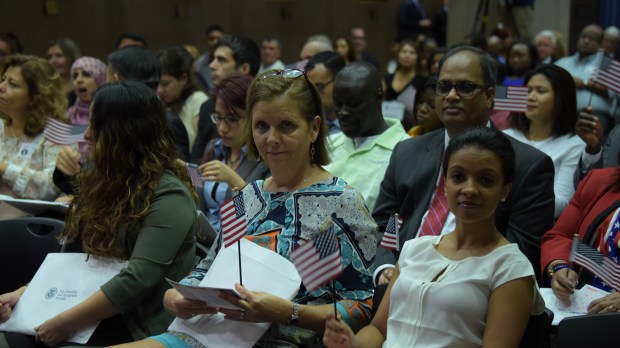Lenten Campaign 2025
This content is free of charge, as are all our articles.
Support us with a donation that is tax-deductible and enable us to continue to reach millions of readers.
The percentage of people living in the United States who were born elsewhere has reached 13.7 percent, the highest it’s been in over 100 years. That’s 44.5 million people born outside of the U.S.
But, contrary to what many Americans might believe, a majority of newcomers are from Asia and are college educated.
A Brookings Institution analysis of new census data shows that 41 percent of the people who said they arrived since 2010 came from Asia, according to the New York Times. Just 39 percent were from Latin America. About 45 percent were college educated, the analysis found, compared with about 30 percent of those who came between 2000 and 2009.
“This is quite different from what we had thought,” said William H. Frey, the senior demographer at the Brookings Institution who conducted the analysis. “We think of immigrants as being low-skilled workers from Latin America, but for recent arrivals that’s much less the case. People from Asia have overtaken people from Latin America.”
While there has been a lot of talk in recent years about securing the southern U.S. border, since 2010, the number of immigrants arriving from Mexico has declined. For many years, Mexico was the single largest source of immigrants to the U.S.
But since 2010, the increase in the number of people from Asia—2.6 million—was more than double the 1.2 million who came from Latin America, according to Frey.
Nevertheless, a majority of the country’s total foreign-born population, including newcomers and older arrivals, is still from Latin America—50 percent, compared to 31 percent from Asia.
Another surprising finding was that immigrants now are settling in parts of the country where there are not already large immigrant populations. While New York and California, where large immigrant populations already exist, had increases of less than six percent since 2010, foreign-born populations rose by 20 percent in Tennessee and Kentucky, 13 percent in Ohio, and 12 percent in South Carolina.

